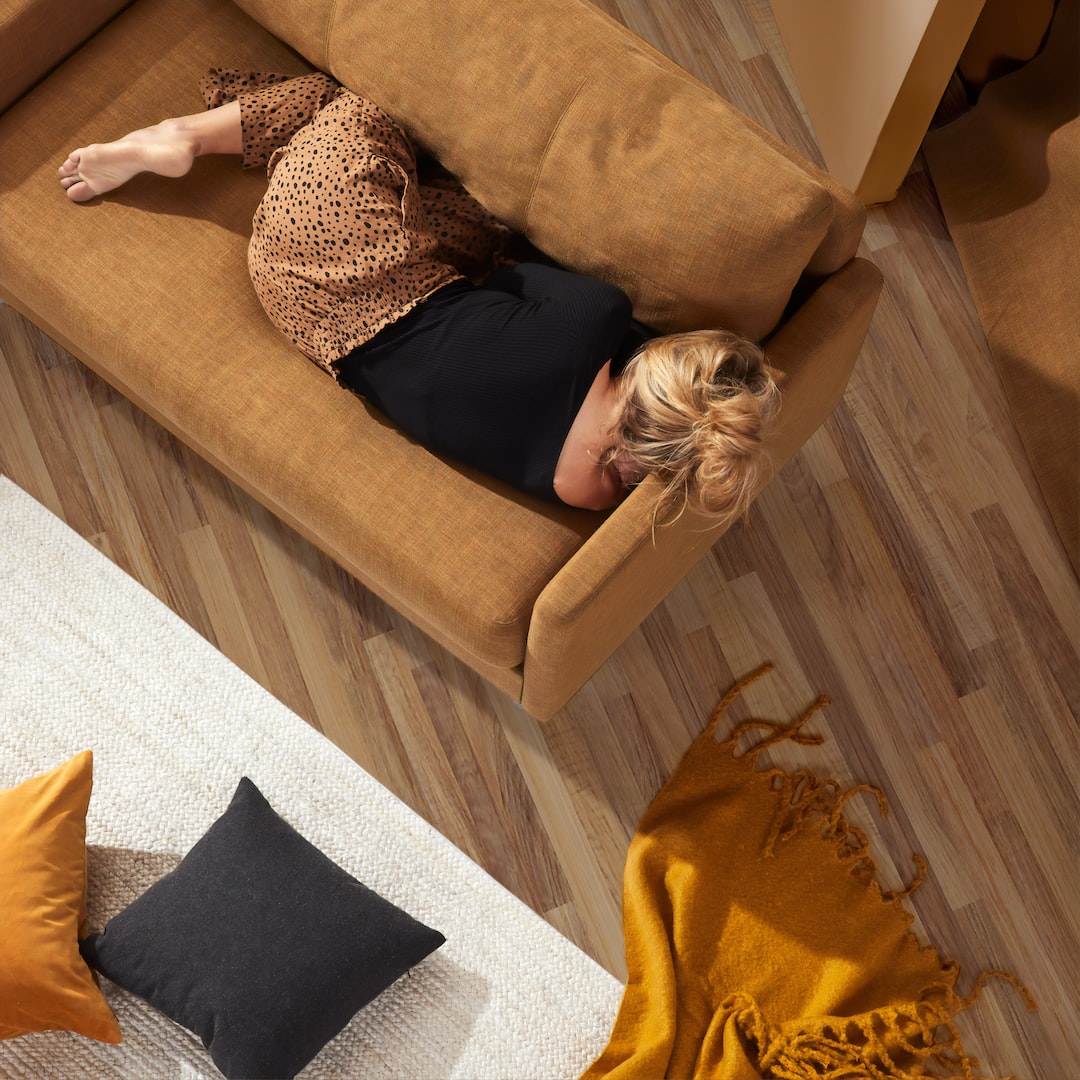Mixing and Matching Furniture Styles: How to Achieve a Balanced Look
When it comes to creating a beautiful and inviting space in your home, one of the most important factors to consider is the furniture. Furniture can make or break a room, and one common misconception is that all the pieces need to match perfectly. However, mixing and matching furniture styles can actually create a more interesting and unique look that reflects your personal style. In this blog post, we will explore some tips and tricks on how to achieve a balanced look when mixing and matching furniture styles.
1. Start with a Neutral Base
Before you dive into mixing and matching different furniture styles, it is crucial to start with a neutral base. Choose a neutral color palette for your walls, floors, and large furniture pieces. Neutral tones like beige, gray, or white provide a versatile backdrop that allows you to freely mix different styles without overwhelming the space. This neutral base will create a cohesive look and provide a sense of balance.
2. Define Your Style
Before you start mixing furniture styles, it is important to define your personal style. Consider the overall vibe you want to achieve in your home. Do you prefer a traditional, modern, bohemian, or eclectic style? Understanding your personal style will help guide your choices and ensure that the different furniture pieces you select harmonize with one another.
3. Create a Cohesive Color Scheme
When mixing and matching furniture styles, it is crucial to create a cohesive color scheme. Even though your furniture pieces may be different styles, having a color scheme that ties them together will help create a balanced look. Consider selecting one or two main colors and incorporating them into each piece in some way, such as through upholstery, accessories, or accent details. This will visually connect the different styles and make them feel intentional.
4. Mix Different Textures
Another way to achieve a balanced look when mixing and matching furniture styles is by incorporating different textures. Pairing a sleek leather sofa with a cozy, textured armchair can create an appealing contrast. Mixing textures adds depth and visual interest to the space without overwhelming it. Look for furniture pieces with interesting upholstery, like velvet or linen, and experiment with different materials such as wood, metal, or glass.
5. Pay Attention to Proportions
When mixing and matching furniture styles, it is crucial to pay attention to proportions. Ensure that the different pieces you select are roughly the same size to maintain visual balance. Avoid overcrowding a space with oversized furniture or using pieces that are too small and get lost in the room. Experiment with combining furniture of varying heights and shapes to create an interesting dynamic, but be mindful of the overall scale of the room.
6. Use Accessories to Tie It All Together
While the furniture pieces themselves play a significant role, the accessories you choose can also help tie everything together. Utilize decor items such as throw pillows, area rugs, wall art, and table lamps to connect the different styles. Opt for accessories that incorporate the colors and textures present in your furniture pieces, creating a cohesive and balanced look.
7. Trust Your Instincts and Experiment
Finally, trust your instincts and don’t be afraid to experiment when mixing and matching furniture styles. Sometimes the most unexpected combinations can create the most visually stunning results. Incorporate pieces that tell a story or hold sentimental value, even if they don’t necessarily conform to a specific style. The most important aspect of mixing and matching furniture styles is to create a space that feels authentic and reflects your personal taste.
In conclusion, mixing and matching furniture styles can create a visually appealing and balanced look in your home. By starting with a neutral base, defining your personal style, creating a cohesive color scheme, mixing textures, paying attention to proportions, using accessories to tie it all together, and trusting your instincts, you can achieve a space that is unique, stylish, and reflects your personal taste. Embrace creativity, take risks, and enjoy the process of creating a space that truly feels like home.
